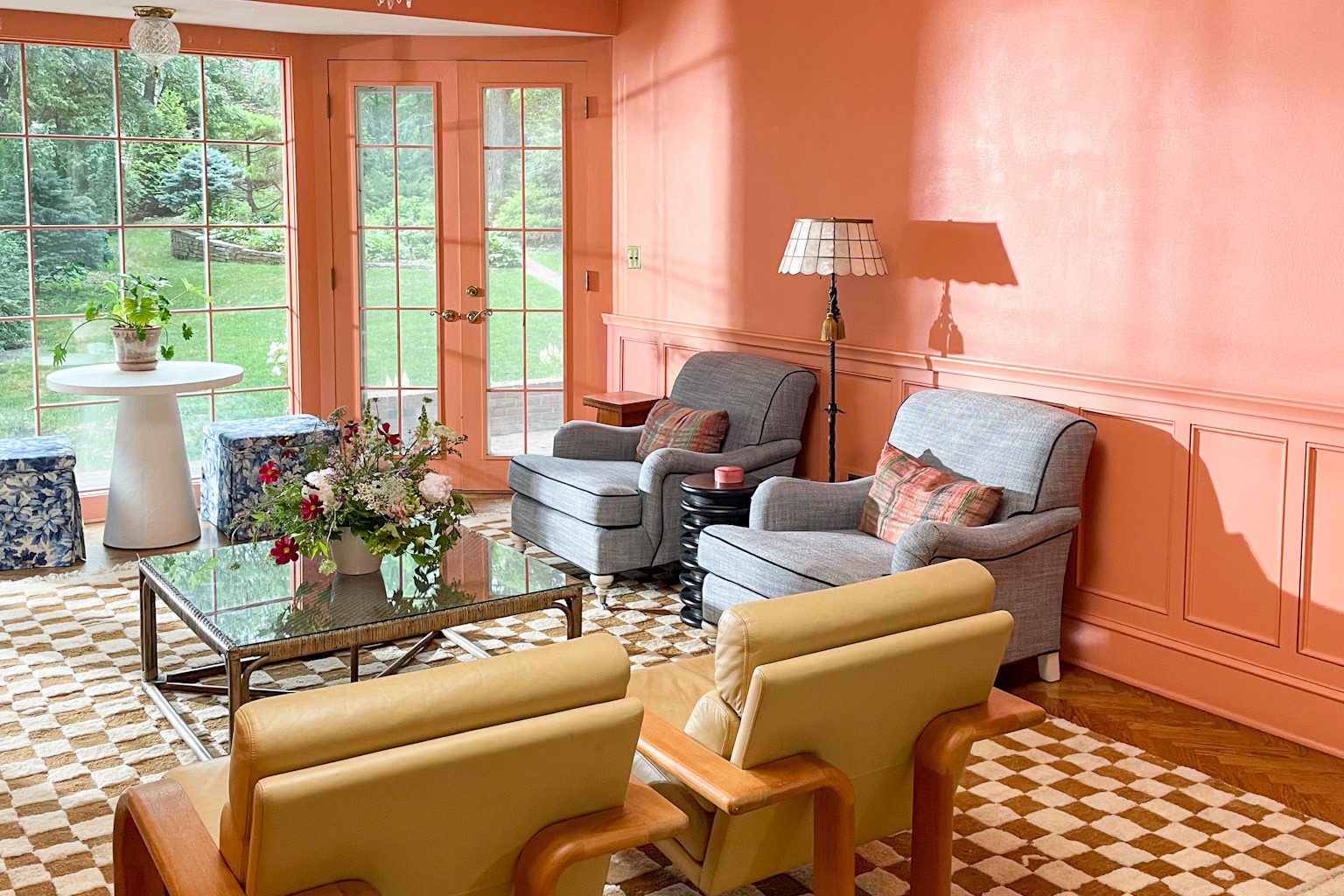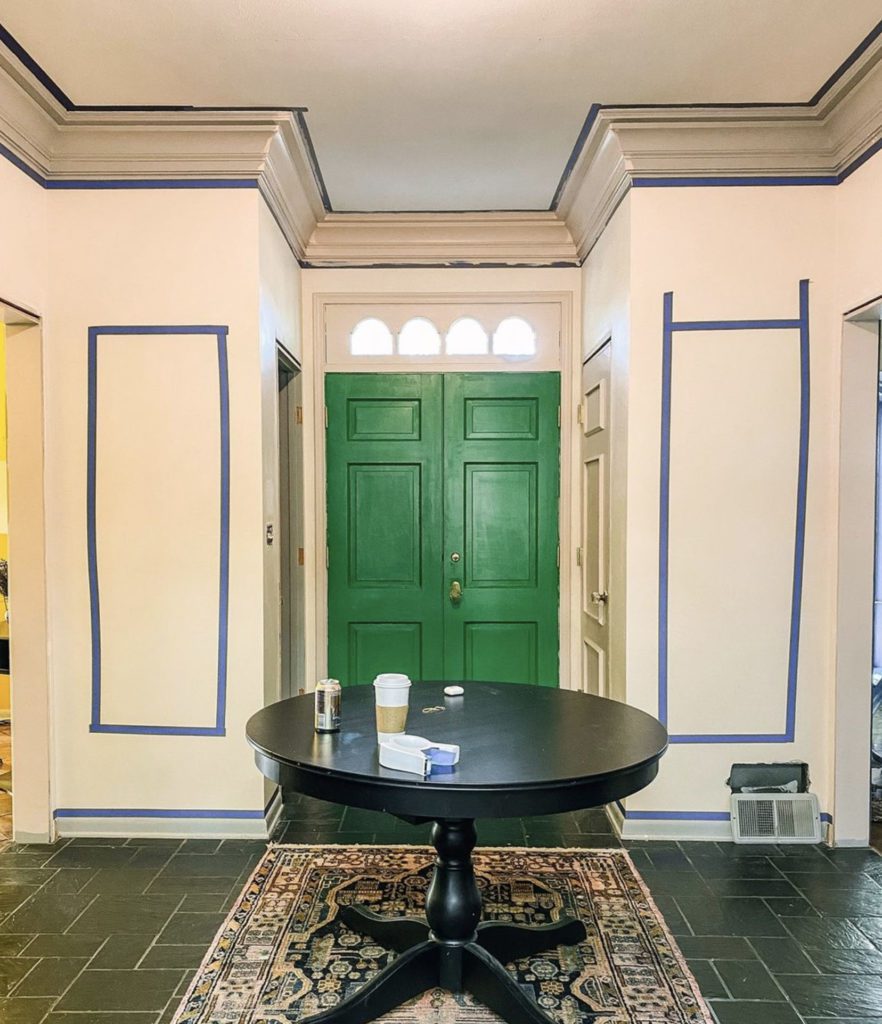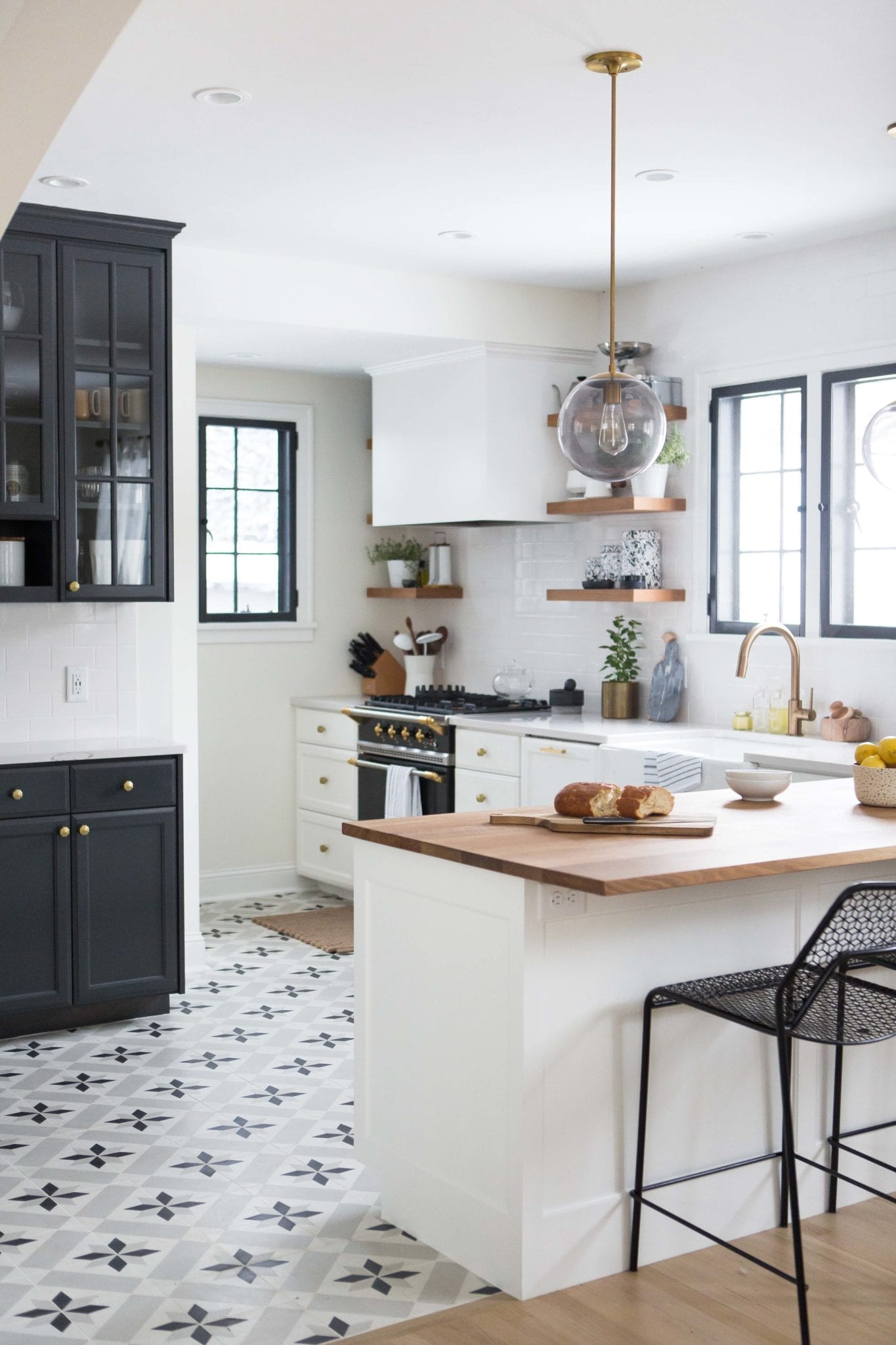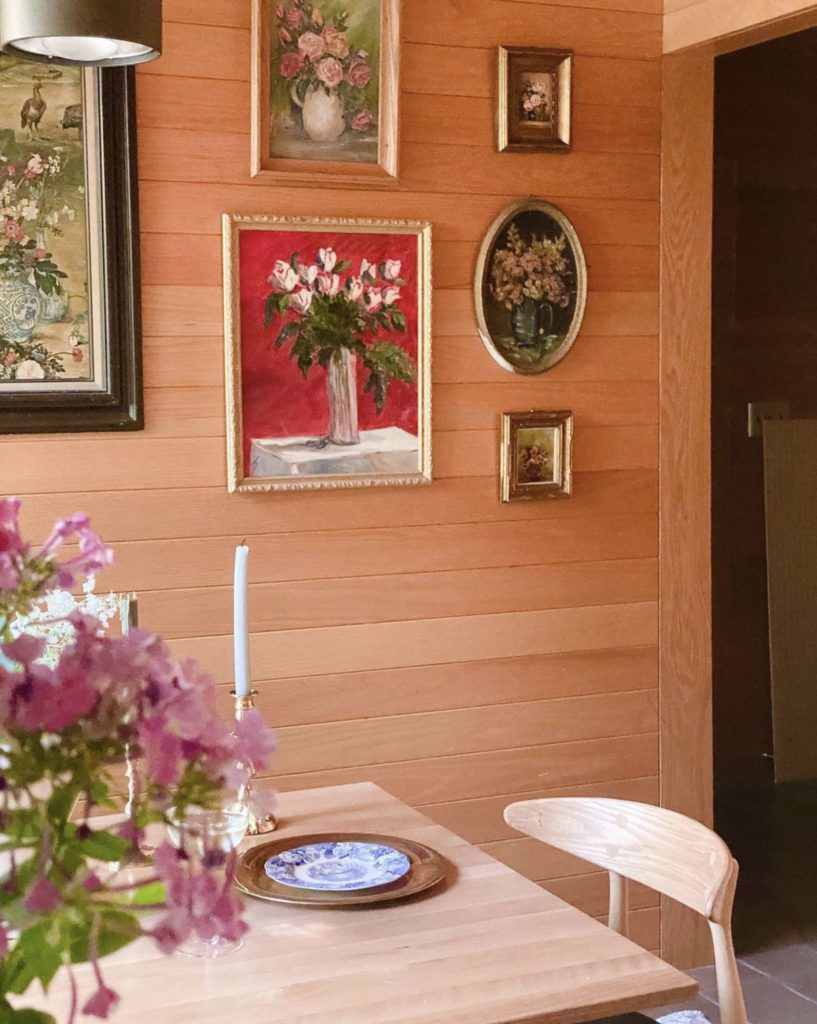
Editor’s Note: This post, originally published in October of 2020, will help you get to the core of what matters to you most in terms of design… *before* you start redecorating your home. We suggest keeping it on hand as a helpful reference for the next time you have the urge to redecorate!
For some, the possibility of redecorating your home sparks creativity and excitement. But I would say for most of us, it can be daunting! Where do you start? How do you envision one hundred different elements in your mind before plunking down your credit card and praying you’ll like the result?
Whether you’re getting the itch to move forward with a new design or put a twist on an existing look, there are always a few questions I like to ask myself before diving into a redecorating project. Making these decisions involves being honest about how you will be living in the space, getting clear about the budget you want to stick to, and deciding on the primary design elements you want to shine most.
Most importantly, redecorating your home doesn’t necessarily mean spending a bunch of money.
It’s more about prioritizing, trusting your vision, and remembering that there are no RIGHT answers, only choices.
1. Am I okay with moving slowly, based on things like budget, shipping timelines, etc.?

Very few people have the budget to do a gut remodel, so being okay with going a little bit slower is often a part of the process. Having the patience to be open to an extended timeline can save you some money in the long run too. Another benefit of slowing down? There’s room to make adjustments as you go, and not as much pressure to get things “right” immediately.
Do your best not to rush through the process. As you answer the questions below and get to the root of your personal style, begin to make a list of what you want to tackle in the space and order it in terms of priority. One step at a time folks.
2. Am I being honest with myself about how I actually live?

Asking this question will help you consider the materials, fabrics, layouts, and other design elements that will work best for you. Say you love the look of cement tile but hate dingy flooring. Knowing how materials perform over time sometimes means letting go of something you love in favor of something you can live with. Case in point: the cement tile kitchen floor in our first home. From the second it was installed, Joe hated cleaning it. We eventually spent thousands removing it, only after spending thousands putting it in.
So be sure to consider the lifestyle you (and everyone else in your household) live. What are the elements that will make daily life easier for you? What are the things you can live without? This includes types of furniture, fabrics, and decor. It’s also important to consider other elements of your lifestyle as a way to inform your interior design preferences.
Are you hard on your clothing and shoes? Best to go with fabric for furnishings that hides stains and stands up to heavy wear.
Are you constantly swapping your accessories for a new look? Spend money on staple pieces of furniture in classic colors (navy, hunter green, gray) and hunt for smaller decor pieces at thrift shops.
When you know how you live and how you treat things, you can stop focusing solely on what you want and instead focus on finding both what you love and what works for your lifestyle.
3. What are the things I truly can’t stand about the space?

I want you to pretend you just moved in. Or maybe you just did! The point of this exercise is to look at your space with a fresh set of eyes. Often we have preconceived ideas of what works and what doesn’t, and it starts as soon as we move in. Sometimes we decide we hate something based solely on our initial reaction when we walked through and decided to sign that lease or mortgage.
But the thing is, if you’ve just moved in, you’re only guessing at what you like and don’t like. It takes time to digest what is working in a space, and it’s important to allow yourself time to get acquainted with it (for at least a month or so) and then make a list of things you absolutely cannot stand. I think you’ll be surprised how your perspective shifts. Or, how your perspective shifts when you accept that there are some things about your space that you’ll have to keep.
It takes time to digest what is working in a space, and it’s important to allow yourself time to get acquainted with it (for at least a month or so) and then make a list of things you absolutely cannot stand. I think you’ll be surprised how your perspective shifts.
For example, I thought the tub in the main bathroom would be the thing I wanted to change first when we moved in, but instead I put up a shower curtain and it works out fine. Is it my favorite thing about the house? Far from it. Do I love it? NO! Will I change it eventually? Yes. But there are far more pressing aspects of the home that need to be addressed.
It certainly feels good to not be hyperfocused on how much I hate that tub every time I get in. I’ve decided to accept it and deal with it later. And that, my friends, is a much more pleasant way to shower!
The same thought process worked with our kitchen. I thought I wouldn’t be able to STAND cooking in there. BUT, for the most part, we’ve actually learned to work with it these past six months. In fact, there are many aspects of the layout I’m keeping in the long run because they’re functional and work for our family. Why spend the money changing something just because? All I’m saying is to keep an open mind. You might be surprised to find you like more about your home than you initially realized.
4. What have I liked about the design of other spaces?
This is when we get to dream. What spaces have you been in that made an impression on you? Think beyond color and design. Think about FEELINGS. Memories. Think about past travels, whether visiting friends and family or staying at a hotel. Ask yourself what you liked about the rooms you stayed in, and what elements made them feel like home. You want to get out of the Instagram algorithm that feeds you the same content and think about real-life examples of spaces you enjoyed.
This is when we get to dream. What spaces have you been in that made an impression on you? Think beyond color and design. Think about FEELINGS. Memories. Think about past travels.
Through noticing what makes other places unique, I’ve learned more about what I want my own home to feel like. I’ve realized that I feel more at home in places with a bit of quirk and character, that antiques and objects with history draw me in. I still love modern spaces, and I think if I ever build a cabin or vacation home, it’ll be distinctly minimal and serene.
I don’t think I would have realized that distinction if I hadn’t focused on how different spaces made me feel. Honing in on the design elements that have stood out to you elsewhere will help you determine what you want in your own home.
5. How will I implement the elements of my personal style into this space?
Look at what you’ve saved on Pinterest and Instagram and ask yourself what you liked about each of those images (get specific with the details, and write them down!).
Liking things and deciding that they’re right for your home are two very different concepts. Take the wallpaper selection in the library as an example. If I was just selecting a pattern in a vacuum, my choice would have been very different from the wallpaper I actually selected, and the outcome would have been worlds away from the look I wanted to achieve in our home.
What you like visually and what you like about how a space feels can be two separate things; try to find the middle ground between the two and consider that as a good place to start in your own home.
Designing a home is an organic, ongoing process. It’s a series of decisions that all create a different outcome. There’s no wrong selection; it’s always a matter of preference. If you weigh each decision (paint color, furniture, decor, etc.) as something that can be the be-all and end-all of the room, that can feel paralyzing. The most important thing is that you’re checking in with yourself as you go and holding the overall outcome lightly.
Get really clear on what you want your home to look and feel like, move through the process slowly, and trust that it will all come together in the end.

Kate is currently learning to play the Ukulele, much to the despair of her husband, kids, and dogs. Follow her on Instagram at @witanddelight_.